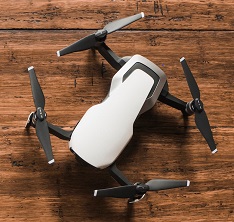Automated vehicles are coming to our streets and into our air. These automated vehicles are not acting as fully independent entities but are embedded into our social space and are affecting humans with which they interact. Recent advances are looking at the direct cooperation of human and
machine in concrete interaction scenes such as steering a semi-automated drone or interacting with an automated car as a pedestrian. What we do not understand yet, is the reaction of automated systems on individuals that are casual bystanders of the automated systems. Cooperation and social acceptance of the casual bystanders are crucial in many situations. Affects such as irritation, anxiety or frustration may be easily invoked by the automated object. We need to anticipate effects on bystanders and include this into the interaction design space.
|
Understanding the Socio-Technical Impact of Automated (Aerial) Vehicles on Casual Bystanders
1 : University of Oldenburg
2 : Ben Gurion University
|



